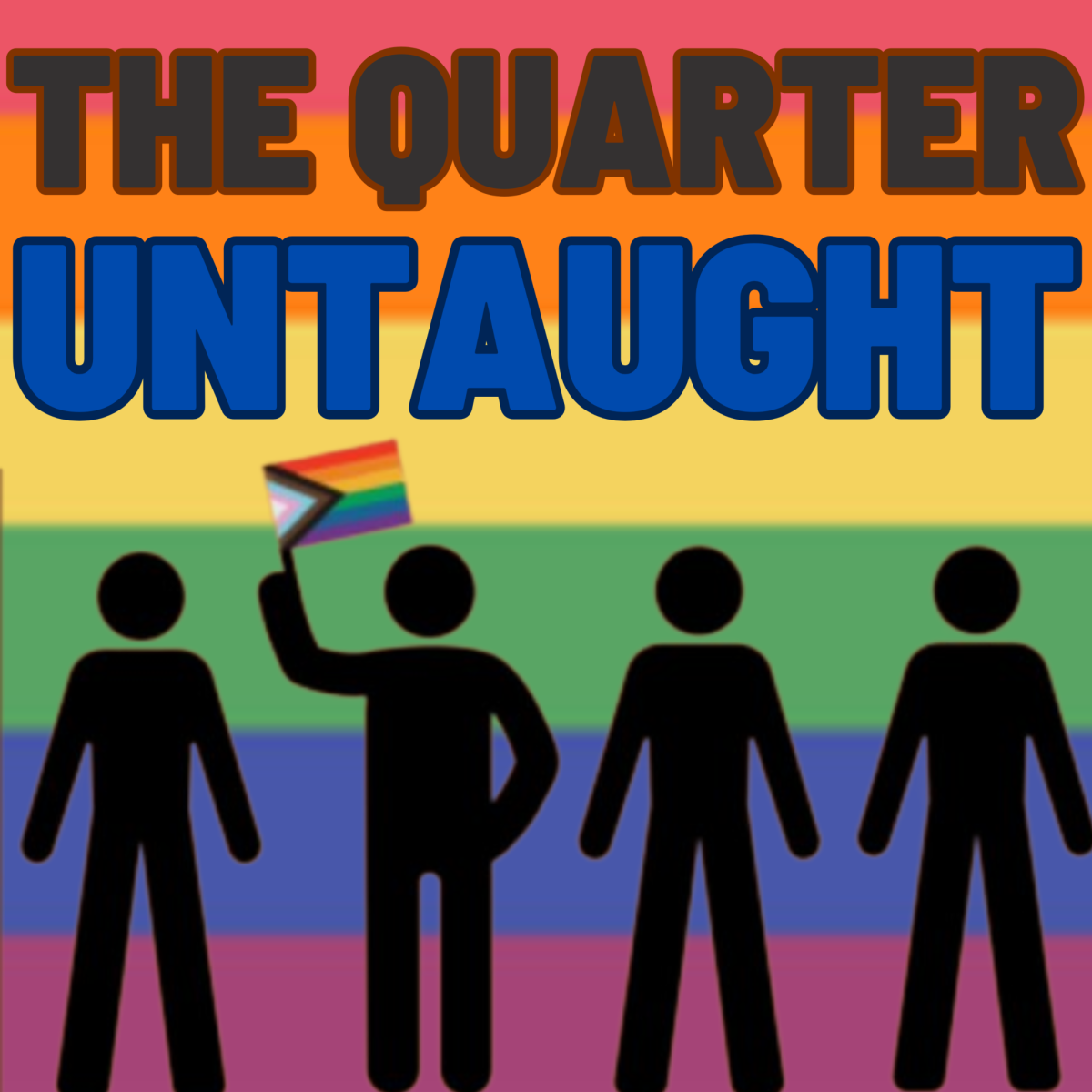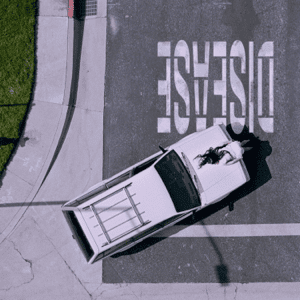One in four classmates.
The Center for Disease Control and Prevention conducted a recent survey on LGBTQ+ identity among American high school students. They gathered data from 52 schools and, among them, 17,508 students. Generally, it found that twenty-six percent of high school students in the country identify as LGBTQ+.
“The CDC says the number of LGBTQ students went from 11 percent in 2015 to 26 percent in 2021.”
The Hill cites:
“Among high school students, 12.2 percent identified as bisexual, 5.2 percent as questioning, 3.9 percent as other, 3.2 percent as gay or lesbian and 1.8 percent said they didn’t understand the question” (The Hill).
But only six in fifty American states require sexual education programs in public schools to be LGBTQ+ inclusive.
Forty-four in fifty states do not require such instruction. Their schools are never guaranteed this.
Twelve-percent stands for twenty-six percent, and does it alone.
That is where education becomes counterproductive to a lot of us.
I often think about school during the time that I was first a quarter. I think that is very natural. A humanity lesson left completely to your own devices is one you never quite forget. The friendly neighborhood secret that my kind was not quite known is what I never did forget.
I lived in a rural Pennsylvanian town, just south of York. It was small. Nearly every other kid knew a group of four others not so far away. They all learned from each other that way, the do’s and don’ts of childhood and homework and fibbing to parents. They all took comfort in the people that showed them the life. That was their education.
I never quite saw it as that. I always saw it as the collapsed tree on the sidewalk that I just wanted to squeeze through. I did try, writing in journals and writing on laptops and writing to write. But, for the first time ever, it swung back at me.
Word got out that I was queer. That blurry word was supposed to be a secret. I remember fearing that manifestation of new words, ones I had never quite heard my way. Words a lack of education likely prompted.
I then learned that words can be cruel.
I now know that words can save.
I now write fully convinced education is the elixir of tolerance.
Us humans, regardless of identity, share a common habitat. We live on a diverse sphere that allows for multiple differences among its inhabitants. We see the manifestation of that daily, in the people we cross and the movies we watch. We see that in ourselves compared to those folk. It is information we continue to process.
This diversity makes no exception for personal identity. As seen, not every one of this sphere’s inhabitants is cisgender or heterosexual. If we are taught that diversity is applause-worthy in amphibians and our biome, why not be taught that it is in us?
We equip all students, LGBTQ+ or not, for their world by way of rejecting uniformity to teach the inevitable. This is what schooling has always been for.
But teaching this is actually urgent.
The Trevor Project is a crisis intervention center that aids and represents struggling LGBTQ+ youth. Their 2022 survey found that only thirty-seven percent of students queer in sexuality found their schools affirming of their identity while only thirty-two percent of transgender students did. Noteably so, these affirmed students reported lower rates of suicide attempts.
That percentage is low. Devastatingly so. But we have the power to boost it.
This starts with normalization. When we normalize a topic, we treat it as acceptable and natural with eyes less likely to go wide. Normalization can make a topic more palatable for learners this way. It also erases stigmatization, a poisonous force that treats a subject as taboo or unnecessary. This can make education more palatable for LGBTQ+ learners.
To normalize LGBTQ+ identity in the classroom, general explanations of distinct gender and sexuality terms can do the trick. This not only acknowledges LGBTQ+ folk everywhere, but informs about them. So can discussions about pronouns, how to correctly use them, and detailing that transgender folk may or may not choose to physically transition. With an understanding of these concepts, non-LGBTQ+ students can better understand and support their peers and community.
When students see their identity treated with importance and respect through learning and communication, they feel themselves being treated with importance and respect. The sixty-six percent without that affirmation deserve it.
Teaching about prevalent modern and historical concepts and events could also serve this purpose. Students can better understand the triumphs of the LGBTQ+ community with lessons on pride month and the fight for rights. They can also benefit from understanding corresponding civil rights issues, such as public discrimination, court cases, and congressional bills.
In our modern country, one that often pushes for the restriction of LGBTQ+ liberties, Obergefell v. Hodges continues to be cited. Stonewall continues to be visited and highlighted. The Parental Rights to Education Act continues to make headlines.Why give our generations future confusion when they could have future knowledge?
Measures do not need to stop at being merely mental. What we can also promote is physical safety. Prevention from infections and disease in sexual intimacy are covered in sexual education classes: but through the lense of a single set of machinery. Contraceptive choices are commonly explained only for this. This can prove to be beneficial for those seeking that type of intimacy.
We should continue teaching them how to take care of themselves, but we should also show their LGBTQ+ counterparts that same care. Contraception choices and which combinations could fail should be discussed for a variety of sexual intimacy situations. This is a safety measure.
Really, any measure to nurture both physical and emotional health is a safety measure. That is what an inclusive curriculum can manifest.
There are people in power that do not want these changes. They believe that inclusive education settings indoctrinate. They believe learning about the existence of queerness prompts younger learners to believe they are queer.
But personal identity is never contagious. Neither are concepts that are taught in any setting.
What is not understood can never be fully accepted. We promote respect so much in public schools, and that should have zero exceptions. We promote students being authentically themselves that same amount, and that should have zero exceptions. We create a healthier youth this way. We create a more confident youth this way.
Educators hold a quarter in their hands every class period. That quarter is more expensive than may seem.








